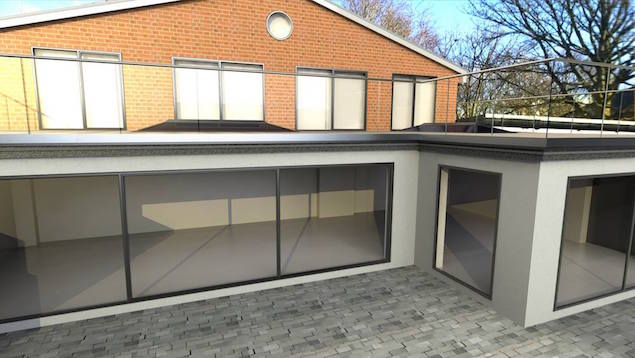PLAYING THE PLANNING PERMISSION GAME
Planning Permission can be a long and tiring process, but if you prepare and do your research prior to submission, it can be dealt with a lot easier and see the results quicker.
Knowing the type of house you would like to build and the main features you would like to include is a good start in preparing a good quality planning permission application.
One thing to always remember is that planning permission is usually open to interpretations, which can differ from person to person, location to location, unlike building regulations which are set in stone. One of the main reasons for this is the involvement of the local community who can access the information you provide during the application process and leave comments with their opinions on the build addition of renovation, which may also include negative feedback.
Remember to remain flexible in your approach to building the house of your dreams, with a few ready made plans of actions should your first attempt meet rejections. Being prepared to receive negative feedback and having a back-up plan will make the whole process easier and less stressful.

Make use of our expert glass balustrade design team in the design and construction stage of your project
On average the application process take 8 weeks to gain approval, depending on the local authorities and their way of dealing with submissions. It is helpful to remember this when seeking our professional help with your build, making sure nothing is booked or confirmed before planning application has been approved, so not to risk suffering labour costs on site if the build can’t go ahead.
Make sure to do your research with the local planning office: you will usually find the information required and guidelines on their individual websites which can help with preparations prior to submission. It is very important to try and avoid a refusal on your planning permission application. Try keeping track of your submission so that you can deal with any potential issues as soon as they arise by withdrawing your application and re-submitting the amended version. A refusal will remain on the land records and may affect the approval progress for future applications.
The local authority will carry out a consultation period once the application has been submitted. They are likely to consult neighbours with a written letter or a notice placed at the site. The town council may be approached, together with highway engineers to make sure site access is safe and the environment agency for flood risks or if trees risk being cut down or damaged. It is handy to communicate with the audience that may be consulted prior to them receiving the letter from the planning officer, so to try and gauge their opinions and solve any issues.
Neighbouring negative feedback doesn’t usually happen without a valid reason. Prior strategic design thinking may avoid lots of headaches on the planning permission is submitted. Think about whether the new-build of renovation match the existing street scene, will it block any views, will it create any shaded areas in neighbours outdoor living space. Think about what you wouldn’t like around your home and put yourself in their shoes.
Should you be thinking of including a glass balcony in your project, make sure to talk to us as early as possible in the design and construction stage, so that we can help in making sure the correct structure is being created for a safe and secure glass balustrade installation.
Published: 1st June 2016



